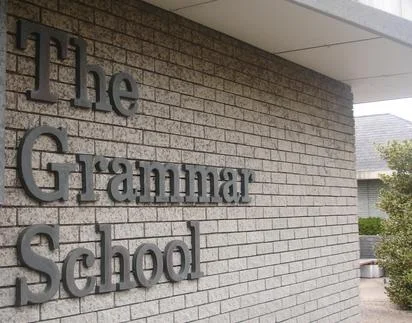The closing date for the State Secondary Schools Applications is today, 31st of October.
In the past months the parents of Year 6 children, who chose to educate their children in the state system, have been making their choices of the secondary schools. They attended open days, listened to the headmasters’ talks, talked to other parents, consulted the educational advisors in order to make the most informative decision and choose the right school for their child. They were making a choice between grammar and non-selective comprehensive schools. If they decided not apply for grammar school, the choice was between the local non-selective schools, depending on their results, location, whether they were single sex schools or co-ed. Nevertheless, it is worth mentioning that at the end of the day, it all comes to the catchment area and parents can just hope that their child will be given a place in the school of their choice.
Grammar schools are very popular with parents, but they are over-subscribed and very competitive. In London, the ratio for acceptance is often 1:10. For example, this year 1, 600 boys applied to Tiffin Grammar School in the Royal Borough of Kingston upon Thames, with only 160 places available for September 2017. For the top grammar school in the country, Henrietta Barnett School in Hampstead, 2000 girls applied for 100 places.
This is supported by the Department of Education’s recent figures, which show that parents are willing to travel three times as far to take their children to the grammar schools. The children have to travel 3.1 miles on average to get to grammar schools but just 1.1 miles for non-selective secondary schools.
Official data, published for the first time this year, disclosed that the Grammar school pupils progress faster and outperform children of the similar ability who attend non-selective school. This was supported by an official analysis of GCSE results, which found that the children benefit from grammar schools.
Justine Greening, the Education Secretary, said that the figures give the Government ‘even more reason to make more of these good school places available in more areas’. Theresa May, plans to repeal a ban on new grammar school imposed by Tony Blair in 1998. This move will pave the way for new grammar schools to be established and the existing 166 ones to expand. The Prime Minister is expected to push ahead with legislation, which is likely to be opposed by Labour and Liberal Democrats MPs. Ms Greening argues that grammars reduce the attainment gap between rich and poor children. Under Mrs May’s proposal any school wishing to become a grammar must abide by quotas for children from low-income home.
Until this proposal becomes a reality, many children who plan to sit grammar school exams will find it very difficult to do so without a help of a tutor and many extra hours of work. EducAd consultants are here to offer their advice based on their experience and comprehensive knowledge of all types of school in the United Kingdom.

